Brown Chicken (브라운치킨)
1.9Km 2021-03-18
15, Eulji-ro, 43-gil, Jung-gu, Seoul
+82-2-2275-9972
Try fried chicken, one of Korea’s representative dishes. The most famous menu is fried chicken. A chicken specialty restaurant located in Dongdaemun Gate, Seoul.
Motion - apM Branch [Tax Refund Shop] (모션 APM)
1.9Km 2024-04-23
4F, #155, to #157, 253, Jangchungdan-ro, Jung-gu, Seoul
-
Manjok Ohyang Jokbal Dongdaemun (만족오향족발 동대문)
1.9Km 2024-03-12
1-3FL, 9-4, Eulji-ro, 43-gil, Jung-gu, Seoul
+82-2-2271-0880
Situated between Dongdaemun and Dongdaemun Design Plaza (DDP), Manjok Ohyang Jokbal's Dongdaemun branch focuses on jokbal (braised pig's feet). In addition to their signature dish, jokbal (braised pigs' feet), they also serve a wide array of dishes including bossam (kimchi cabbage wraps with pork), jaengban guksu (jumbo sized buckwheat noodles), and mandu. As any dish ordered comes with mandu and sliced rice cake soup by default, it offers a satisfying ensemble.
Bosingak Belfry (보신각 터)
1.9Km 2024-03-04
54, Jong-ro, Jongno-gu, Seoul
+82-2-2133-2641
Bosingak Belfry is also known as Jonggak. It was the site in which a large bell, used to keep the time in Seoul, was found during the Joseon period (1392-1897). Bosingak Belfry was burned down during the Korean War (1950-1953) and was reconstructed in 1979. The original bell was moved to the Gyeongbokgung Palace, and a new bell was forged in 1985. At midnight, January 1, the bell at the Bosingak Belfry is rung to welcome the new year. Many people gather around the belfry to make a wish for their new year.
Gyeongbokgung Palace Jagyeongjeon Tea Ceremony (경복궁 자경전 다례체험행사)
1.9Km 2020-03-12
161, Sajik-ro, Jongno-gu, Seoul
• 1330 Travel Hotline: +82-2-1330 (Korean, English, Japanese, Chinese) • For more info: +82-2-3210-4683
This traditional tea ceremony experience takes place at Jagyeongjeon Hall in Gyeongbokgung Palace every Saturday and Sunday. Participation is by reservation on a first come, first serve basis.
The ceremony includes a tea culture demonstration and experience, making honey cakes, traditional etiquette introduction, and lectures related to tea culture. To participate in the tea ceremony, download the application form from the Korea Cultural Heritage Foundation website and submit the form through email.
Tonymoly - Dongdaemun Branch [Tax Refund Shop] (토니모리 동대문)
1.9Km 2024-04-18
257, Jangchungdan-ro, Jung-gu, Seoul
-
Palace Royal Guard Changing Ceremony (수문장 교대의식)
1.9Km 2025-07-11
161 Sajik-ro, Jongno-gu, Seoul
+82-2-3210-1645
In the Joseon dynasty, the royal guards of the palace were gatekeepers who were responsible for guarding the the main gates of Gyeongbokgung Palace as well as the main gates of the city such as Heunginjimun Gate and Sungnyemun Gate. The royal guards worked in shift duties and were in charge of opening and closing Gwanghwamun Gate. Before the royal guard system was enforced in 1469, the palace gates were protected by soldiers of the central army. The Palace Royal Guard Changing Ceremony held at Gyeongbokgung Palace and the Gwanghwamun area reenacts the guard-changing procedure that took place during the Joseon dynasty, along with the reproduction of costumes and weapons, based on historical records.
Gyeongbokgung Palace (경복궁)
1.9Km 2025-06-19
161 Sajik-ro, Jongno-gu, Seoul
+82-2-3700-3900
Gyeongbokgung Palace was built in 1395 as the official palace of the Joseon dynasty by Yi Seong-gye, the future King Taejo and founder of the new regime. Gyeongbokgung Palace is commonly referred to as the Northern Palace because of its location to the north, comparied to Changdeokgung Palace in the east and Gyeonghuigung Palace in the west. Gyeongbokgung Palace is arguably the most beautiful and is the largest of all five palaces. Many Joseon kings were crowned here. The premises were once destroyed by fire during the Imjin War (1592-1598). However, all of the palace buildings were later restored under the leadership of Heungseondaewongun during the reign of King Gojong. The assassination of Empress Myeongseong, however, resulted in Gyeongbokgung Palace losing its function as a royal palace, eventually witnessing the downfall of the Joseon dynasty. Gyeongbokgung Palace retains the original Gyeonghoeru Pavilion, a prime example of Joseon architecture, and the Hyangwonjeong Pavilion and pond. The sculptures in the Geunjeongjeon Hall exemplify Joseon-era sculpture techniques. The west side of the area outside Heungnyemun Gate is occupied by the National Palace Museum of Korea, while the eastern side of Hyangwonjeong Pavilion within the Gyeongbokgung Palace is occupied by the National Folk Museum of Korea.
Hello apM (헬로에이피엠)
1.9Km 2025-05-13
253 Jangchungdan-ro, Jung-gu, Seoul
+82-2-6388-1114
Hello apM is located within the Dongdaemun shopping district and appeals to customers in their 10s and 20s for it's latest trending styles and low prices. It is crowded year-round with young people from all over the world. Bargaining has faded out over recent years with prices more often indicated.
K-Royal Culture Festival (궁중문화축전)
1.9Km 2025-07-29
161 Sajik-ro, Jongno-gu, Seoul
+82-1522-2295
The K-Royal Culture Festival is held at the five Royal Palaces and Jongmyo Shrine. The festival first began in 2014 and provides visitors with first-hand knowledge of these important cultural heritages through unique performances, exhibitions, experiences and programs. The festival expanded in 2021 to be hosted twice a year, in spring and in fall.

![Motion - apM Branch [Tax Refund Shop] (모션 APM)](http://tong.visitkorea.or.kr/cms/resource/52/2889352_image2_1.jpg)

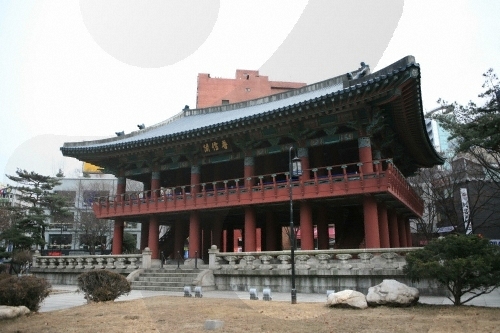
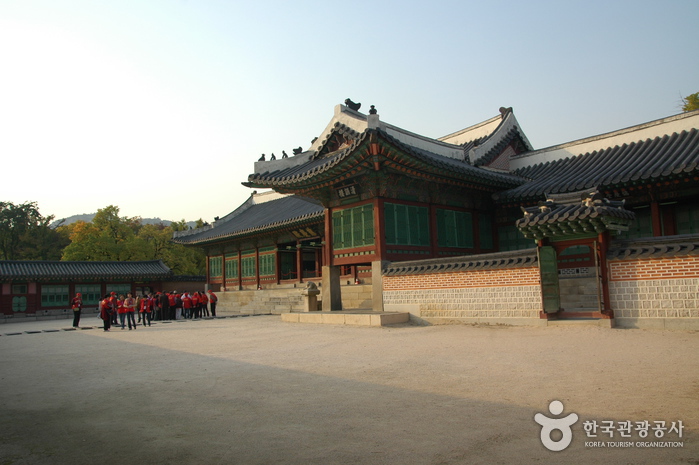
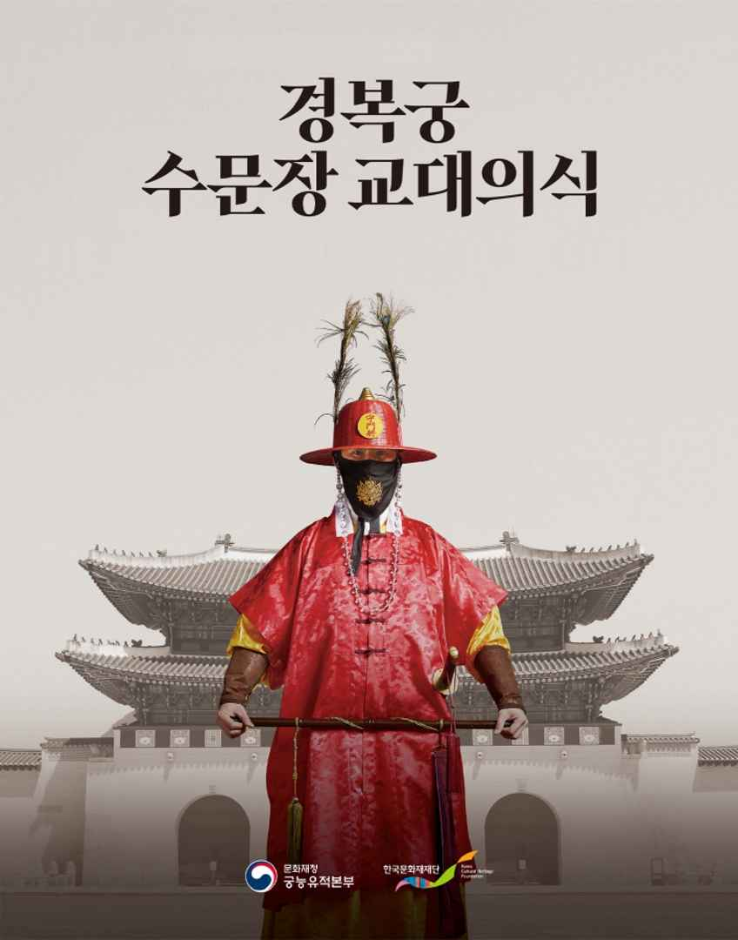
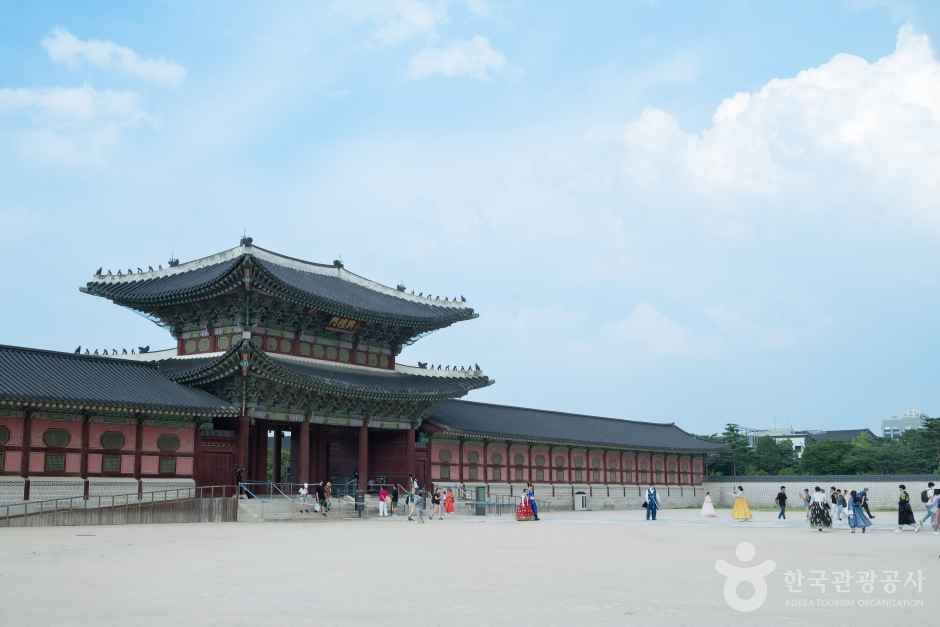
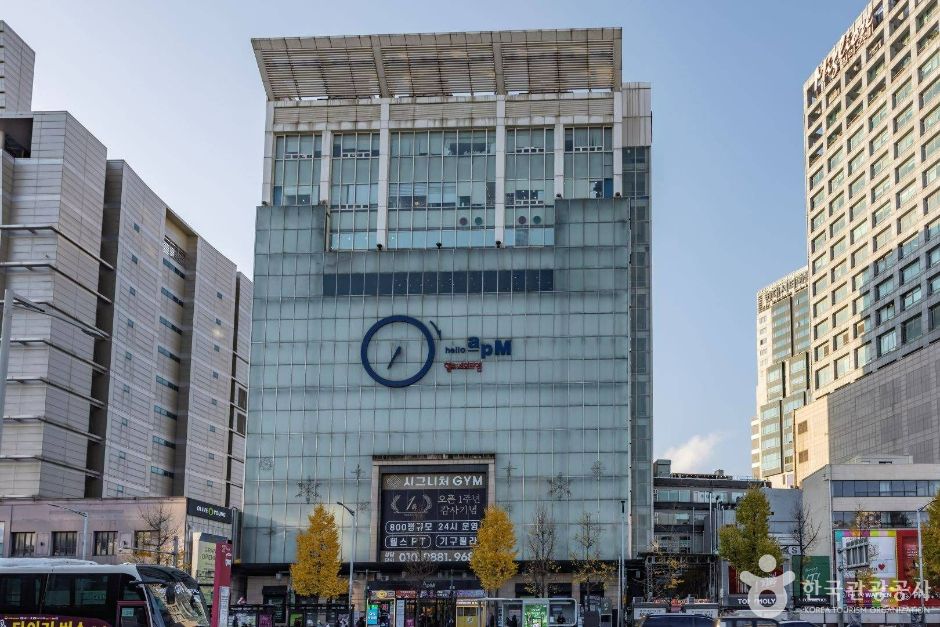
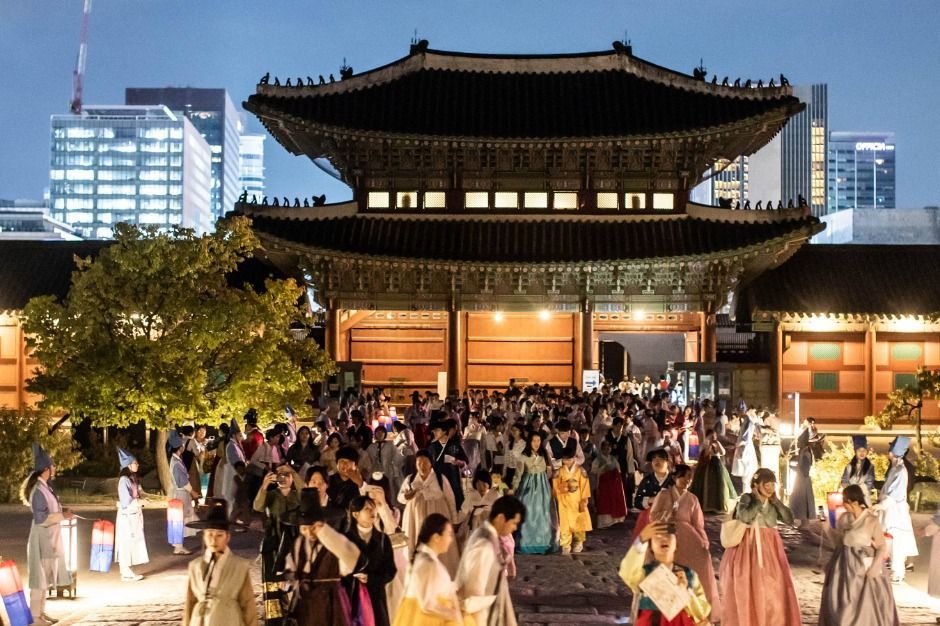
 English
English
 한국어
한국어 日本語
日本語 中文(简体)
中文(简体) Deutsch
Deutsch Français
Français Español
Español Русский
Русский